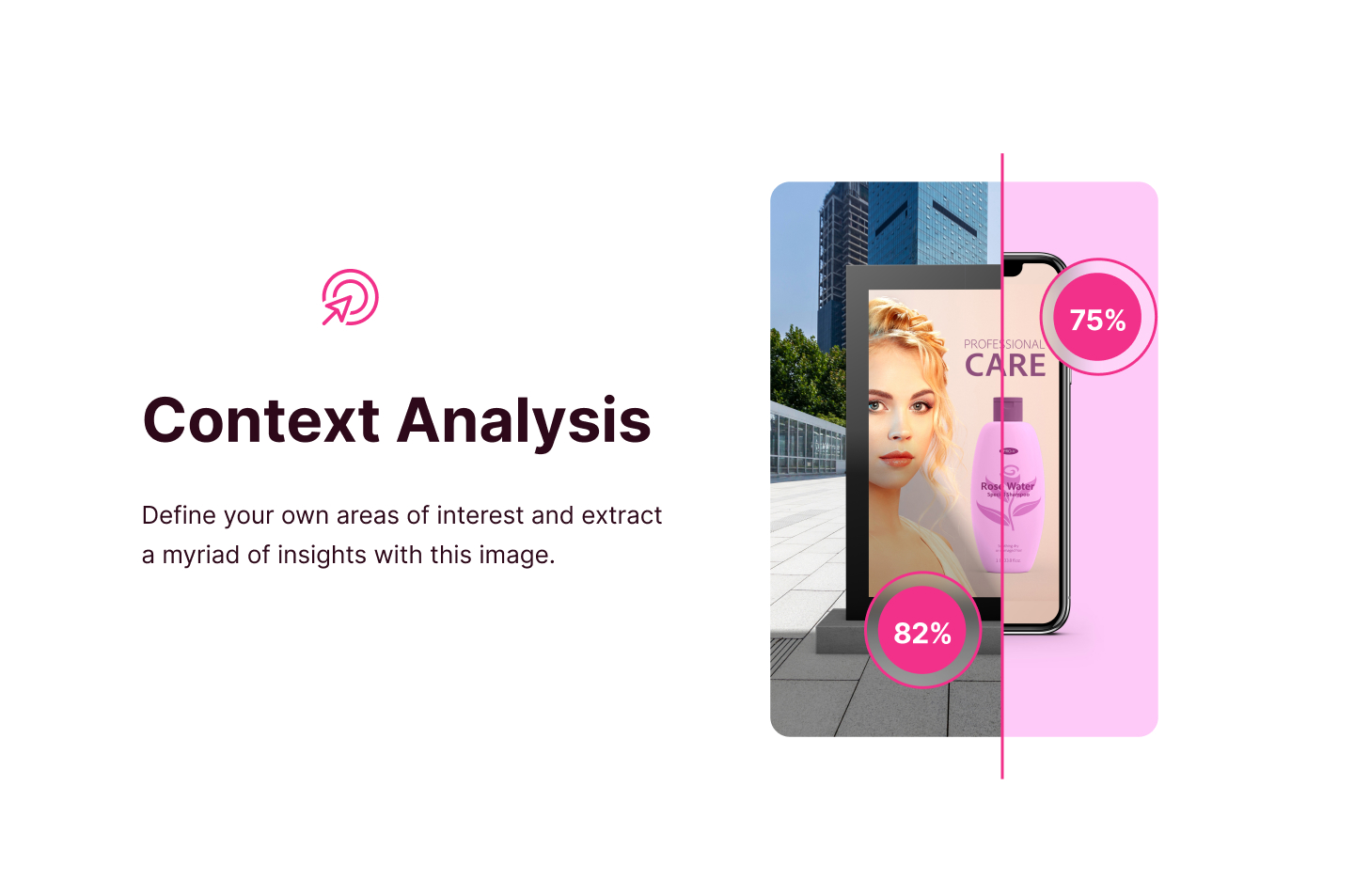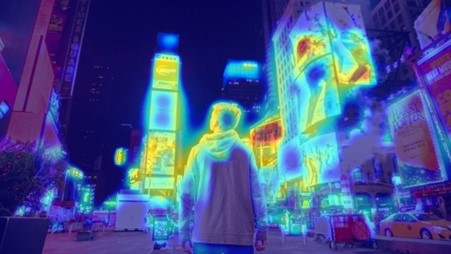Since the inception of the internet, the digital world has been overwhelmed by content designed to capture the consumers' attention and keep them engaged. With so many stimulants around, focusing on a single entity becomes challenging.
Marketers only have a brief window to successfully grab their audience’s attention. Businesses must optimize their content to make it stand out against their competitors.
What is the Attention Economy?
The attention economy treats attention as a scarce commodity and dictates the importance of its proper management and utilization.
The term 'Attention Economy' was first coined in 1971 by Herbert A Simon, a psychologist, and economist. He explained that our attention span follows the law of supply and demand. So, when people are intrigued by something, they pay more attention. But with so many attention-demanding elements around them, they have less bandwidth to invest in them, ultimately reducing their attention span as they jump from one element to another.
Nowadays, attention follows the rules of an economy where consumers must invest their focus cautiously. Marketers and advertisers continuously strategize ways to grab the largest share of the user’s attention. Winning the attention battle is critical for businesses to survive. It ensures people are aware of your services, brings potential customers, and eventually leads to sales and business growth.

What is Customer Attention?
According to Forbes, an average American views 4000 to 10,000 advertisements daily. These are insanely high numbers and make you wonder how much media a human being can consume without getting fatigued. It is also important to note that the human attention span has reduced from 12 seconds in 2000 to 8 seconds in 2022. These statistics are a testament to Herbert Simon's theory of supply and demand for attention psychology.
When customers already have so much content to view, marketers' most significant challenge is to make their content engaging enough to be actionable. Content that is relatable, surprising, easy to process, and unusual, enhances such stimuli. Modern marketing material targets consumer attention to turn a viewer into a paying customer.
How to Attract Customer Attention
Here is a list of techniques brands can use to attract customer attention;
Use Multiple Channels
There is a mix of digital and conventional platforms in the modern age. These include websites, social media platforms, television, billboards, etc. Displaying content using a variety of channels captures a greater audience.
Be Unique
A little bit of creativity goes a long way. Users enjoy unique content or something that they haven’t experienced before. Coming up with new and creative ways to showcase products and services ensures that customers will remember them for some time.
Use Your Data
People are more likely to pay attention to content that relates to them. Data validation in creative testing empowers your team to make design decisions that put your consumers as their priority. Knowing which aspects of your creative attracts the most attention will give you the tools to optimize for a larger share of attention.
Intelligently Design Layouts
The layout is essential when generating quality content. Appropriate use of colors, content alignment, font style, and size give the content an appealing look. Make sure your core messaging lands with visual hierarchy, you don’t want your image taking away from the brand for example.
Align Your Message with Consumer Needs
Your message should explain how you solve a common problem and why users need your service and do so in the most concise manner. The most prominent elements are the ones that hook the customer to your content. Ensure that these elements directly communicate with the viewer.
The Most Effective Attention Metrics
It is challenging for even the most experienced designers to have full visibility of how their target audience will perceive a specific material. Your team can use attention metrics to highlight critical aspects of their creative assets and analyze their impact.
Attention Maps
Attention maps highlight all the critical areas in a visual asset that the audience will notice at first glance. These maps help you utilize the content space intelligently. Marketers only have a few seconds to hook their viewer's attention. If your main message is outside the critical areas, the audience will most likely ignore it despite the content quality.

Visual Hierarchy
Once you score the initial focus of your user, it is vital to ensure your content hierarchy follows the gaze path. Visual Hierarchy ranks the importance of the material using visual customizations such as colors. It also dictates the content placement according to how the user will read it.

Context Analysis
Context analysis focuses on real-world elements. It analyzes the environment, such as a retail marketplace or a billboard in a busy area, and predicts the attention within these segments. It makes data-driven predictive analysis based on what the users see and where their brains take them at first glance. These analytics highlight all the key areas within a visual window where a customer's attention is concentrated.

Probability of Perception
The probability of perception analyzes your entire asset. It judges each element in your content based on how noticeable it will be to the general public. These help you understand which areas need improvement for the overall content to capture attention.
-1.jpg?width=1440&height=953&name=Context%20Analysis%20(1)-1.jpg)
Predict Attention for Better Creative Quality
Content creators must go the extra mile to produce unique, creative material that captures focus. The rise of the attention economy has shifted the marketing domain. Marketers today perform technical analysis of their content to understand its weaknesses and improve upon them. They use attention metrics that highlight the focal areas and tailor the content according to human perception.
Dragonfly AI is a predictive visual analytics product suite that helps brands and marketing teams optimize the effectiveness of visual content cross-channel with instant AI-powered actionable insight.
Intrigued? We are here to answer all your questions. To take your marketing campaigns to the next level, book a demo today.







-1.jpg?width=1440&height=953&name=Context%20Analysis%20(1)-1.jpg)